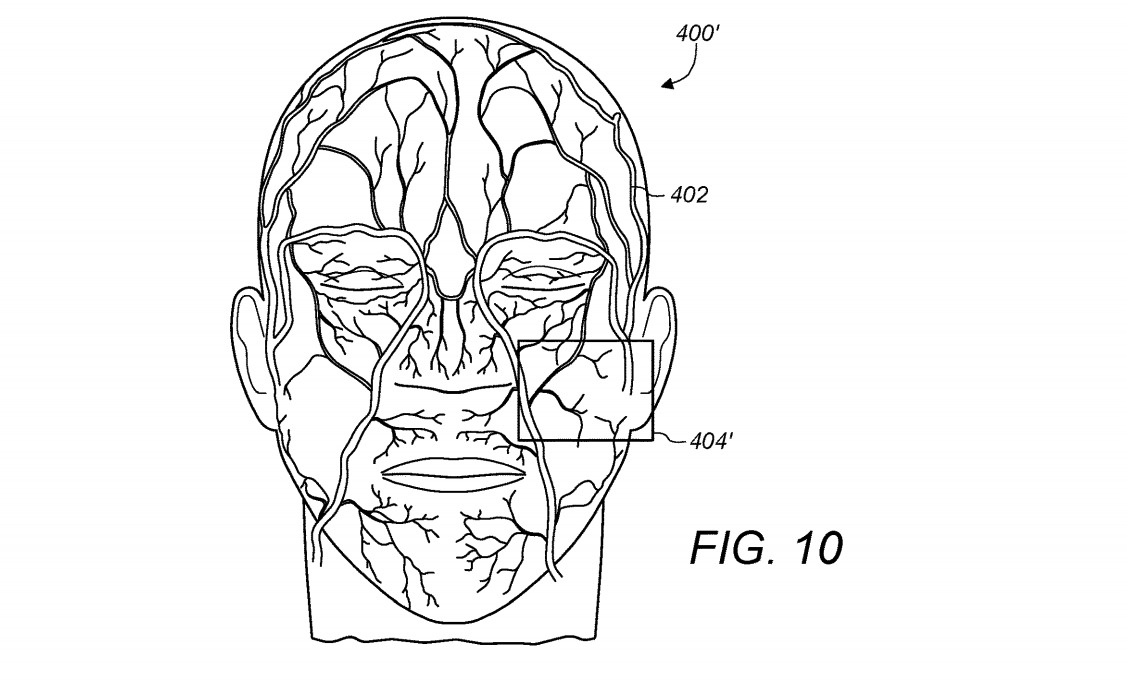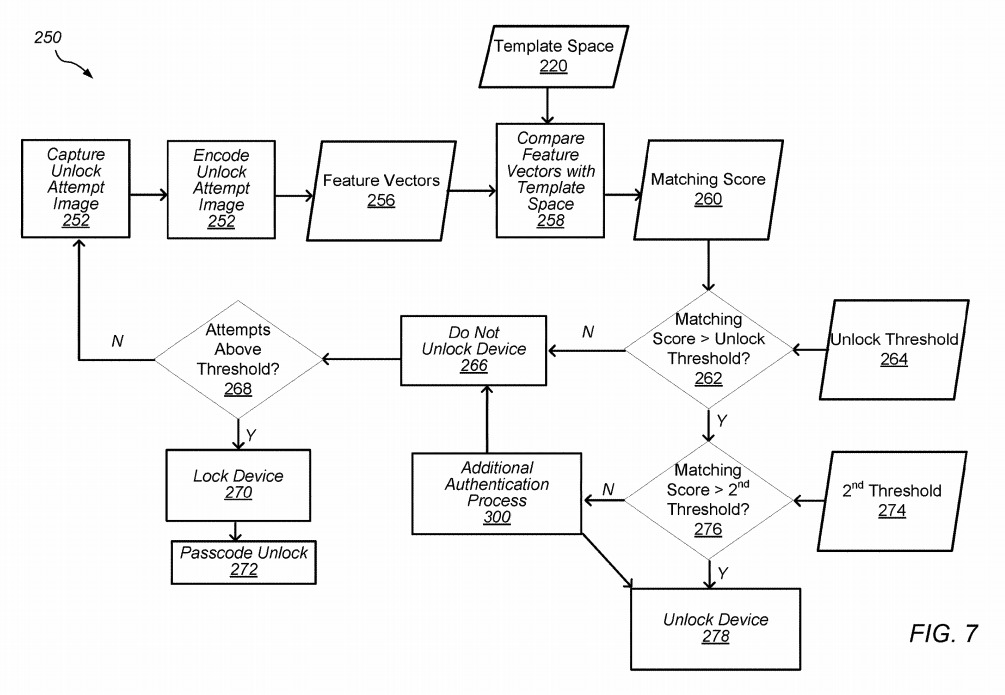Apple is apparently looking into improving its Face ID and other visual biometric security systems. This move is being to remove any changes of people with the issue of similar looking and structured face (or a possible twin problem). The company will achieve this by mapping the users’ unique vein patterns that are under the skin.

While biometric systems like Face ID or Touch ID are a great tool for quick access into your smartphone, they also inherently have a few issues. There are plenty of recorded cases of false positives, albeit, in isolated cases. In other words, there is still one in a million chance of someone having a similar face structure. But it is also possible for dedicated individuals with malicious intent to create complex masks to fool the system. Although, that is again highly unlikely.
Editor’s Pick: Lenovo’s Legion Phone Duel gaming announced: Snapdragon 865 Plus SoC, 90W fast charge, and a $500 starting price
This is where the new feature would come in. Mapping veins under the skin is not something that can be replicated easily. Even similar looking users will have their own biological hardwiring be unique. A new Apple patent was granted by the US Patent and Trademark Office earlier this week, which revealed the system. In the patent, the system works by creating a 3D map of users’ veins using a sub-epidermal imagery technique through an infrared sensor in a camera.

Furthermore, the sensor will capture flood and speckle patterns from the infrared illumination lighting up on the users’ faces. This technique is quite similar to how Face ID currently works by using infrared light, although, the newer technique focuses on the veins on the inside. While this might just be the company’s attempt to cover all bases, but the smartphone in the near future might be capable enough of this feat.
UP NEXT: Tencent announced a New Mobile Game “Wandering Mountains and Seas” that has been under Development for 4 years







